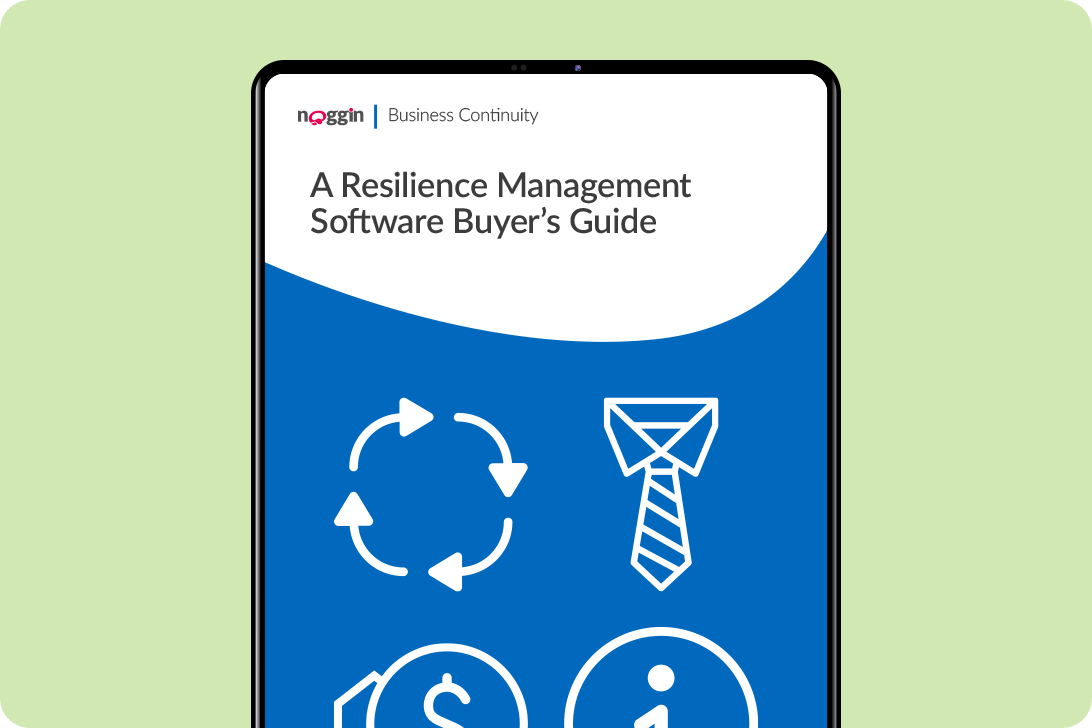Creating a Business Case for Integrated Resilience Management Software
By now, most organizations have programs to address the varying aspects of resilience management. They also have individual platforms in place for each solution area. But resilience entails having all areas working in harmony.
This article outlines the basics of building a business case for integrated resilience management software. Read on to find out how.
Point solutions don’t work for integrated resilience management.
Here’s the first thing to consider.
Organizations with point solutions in place for all aspects of resilience management run up against the challenge of not having all the tools and information they need in one place when it really matters. And so, resilience data and information remain fragmented throughout the resilience lifecycle.
That’s not all.
The point solutions themselves each offer different user experiences. When a critical event happens, point solutions demand a greater training lift for Resilience Managers as personnel will often lack familiarity with individual tools and workflows.
Add to that, point solutions rarely manage events of different scales.
Organizations often find that solutions either manage crises or business as usual. But both planks must be addressed simultaneously to ensure organizational resilience.
What’s more, having multiple point solutions will get expensive quickly.
Their total cost of ownership will skyrocket when having to make crucial updates to multiple systems. And lack of consolidated reporting and analysis across disparate resilience management platforms will also mean that companies are still incurring compliance risk, with the monetary penalties that that risk entails.
Making the business case for integrated resilience management software
So, what should organizations be doing differently?
For starters, it's important to lean into integrated resilience management software that promotes collaboration.
Collaboration, here, entails sharing information and advice, coordinating actions, communicating effectively, analyzing situations from multiple perspectives, considering different aspects and impacts of options, and supporting a whole team to be effective, productive, and healthy – all of which are pillars of resilience management.
Integrated resilience management software that promotes collaboration does so by navigating users and their teams through each stage of an exercise. That helps to ensure that everyone understands what needs to be completed and when.
From there, integrated resilience management software’s automation capabilities ensure that the correct teams and/or personnel are invited to participate in the exercise and receive regular updates via automated notifications throughout the exercise.
Once the exercise is activated, all users will then be able to see what type of exercise is being completed.
Further communication tools, such as in-built chat, email, SMS, and voice messages, also facilitate collaboration in real time, which lead to better coordinated responses and more informed decision making.
Of course, there’s more to resilience management and resilience management software than collaboration, as important as it is.
Risk/threat identification and assessment, situational awareness and understanding, and execution of plans and playbooks matter, too. Fortunately, integrated resilience management software offers keen benefits in those areas, as well.
Which ones, exactly? Check out our Business Case for Integrated Resilience Management Software to find out.




